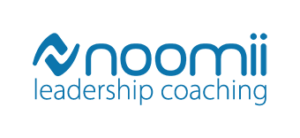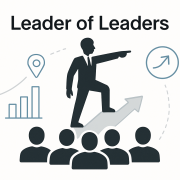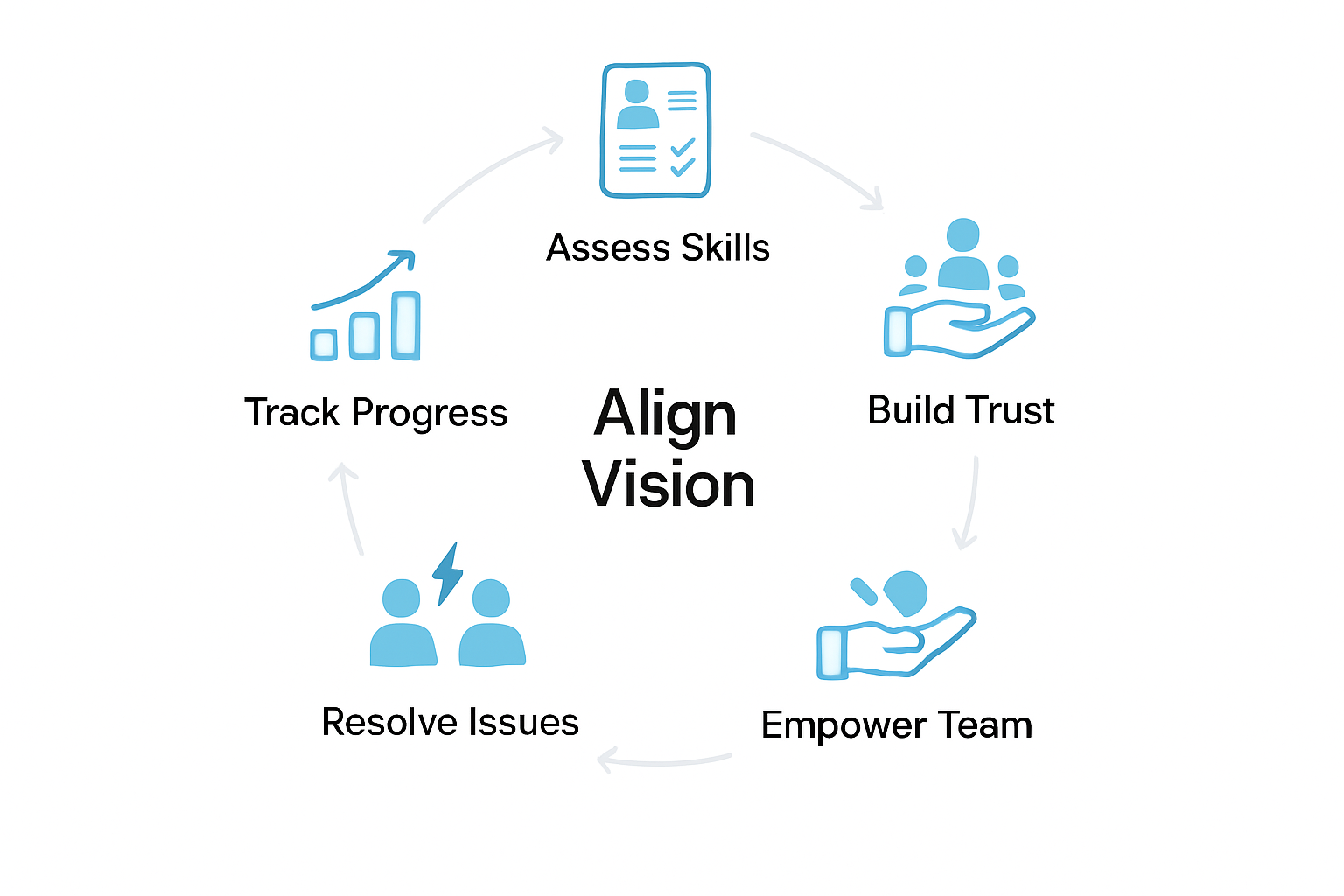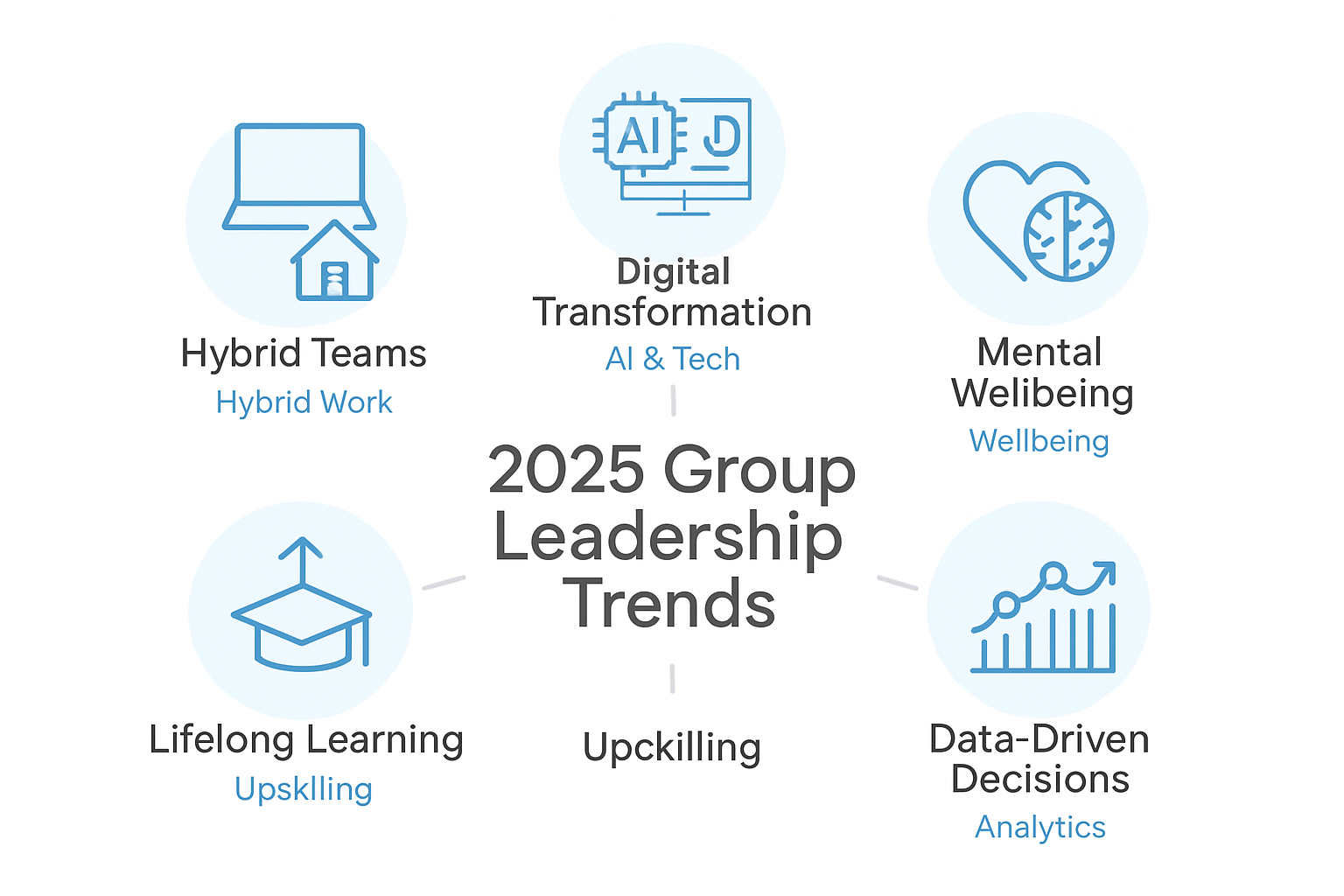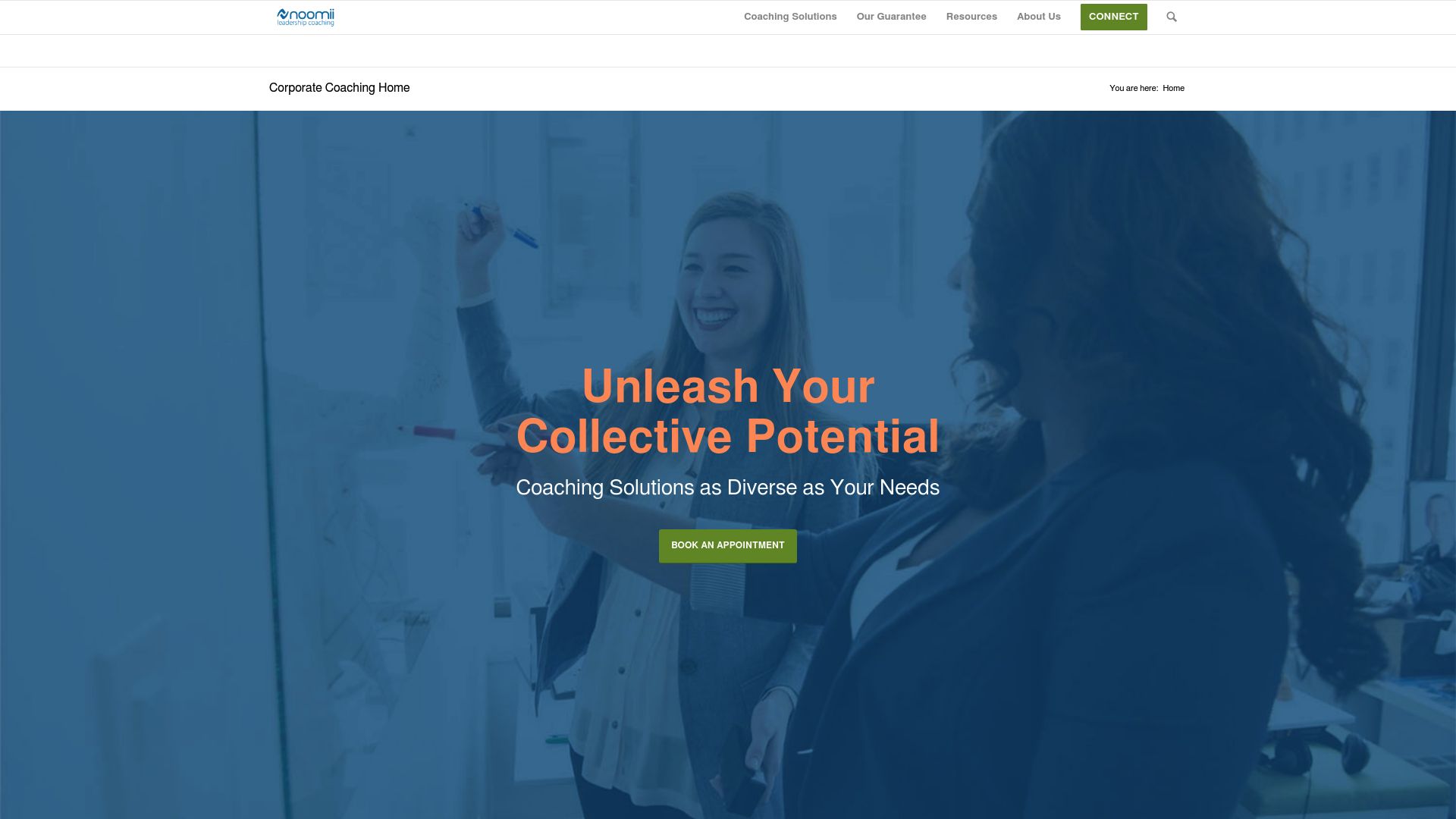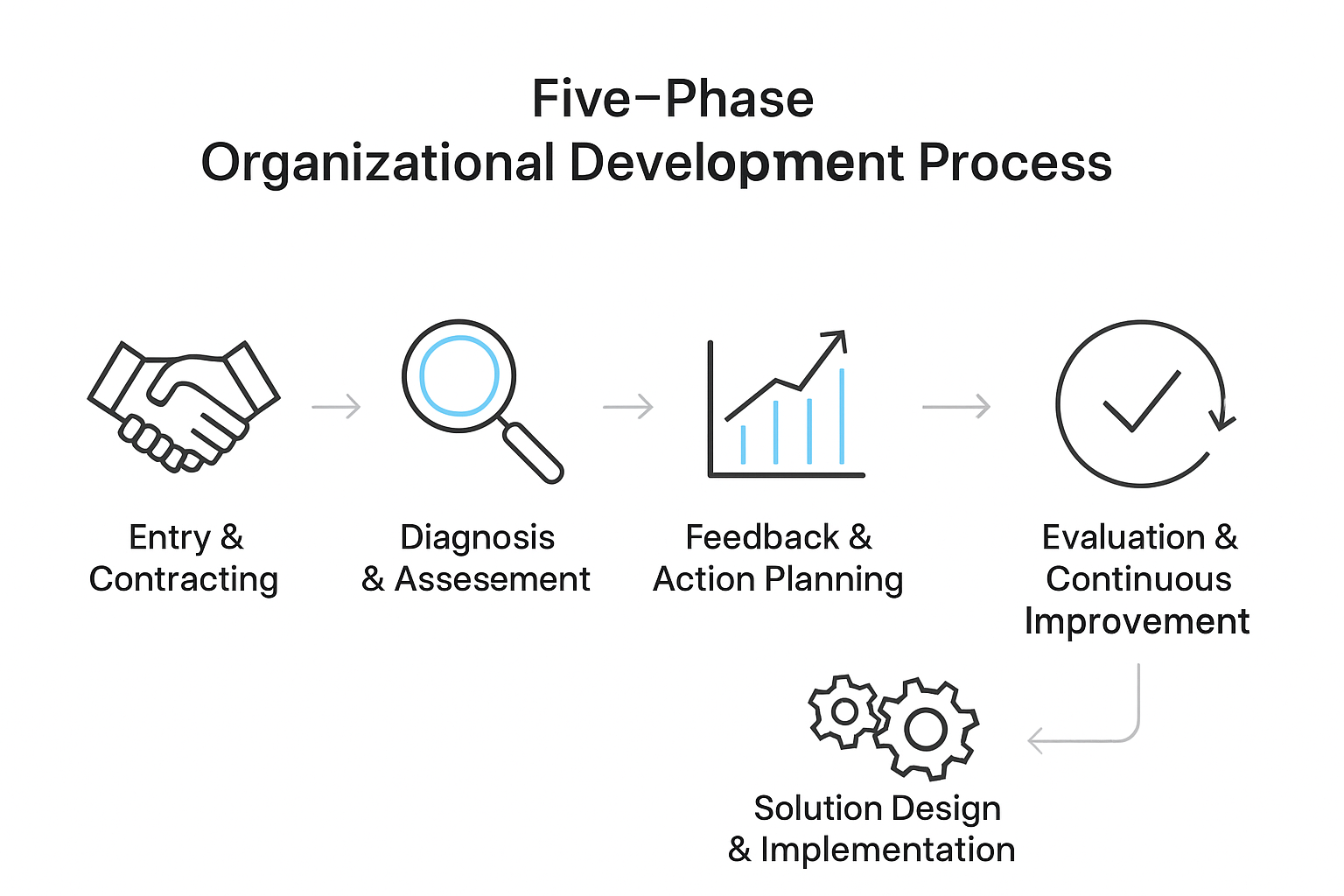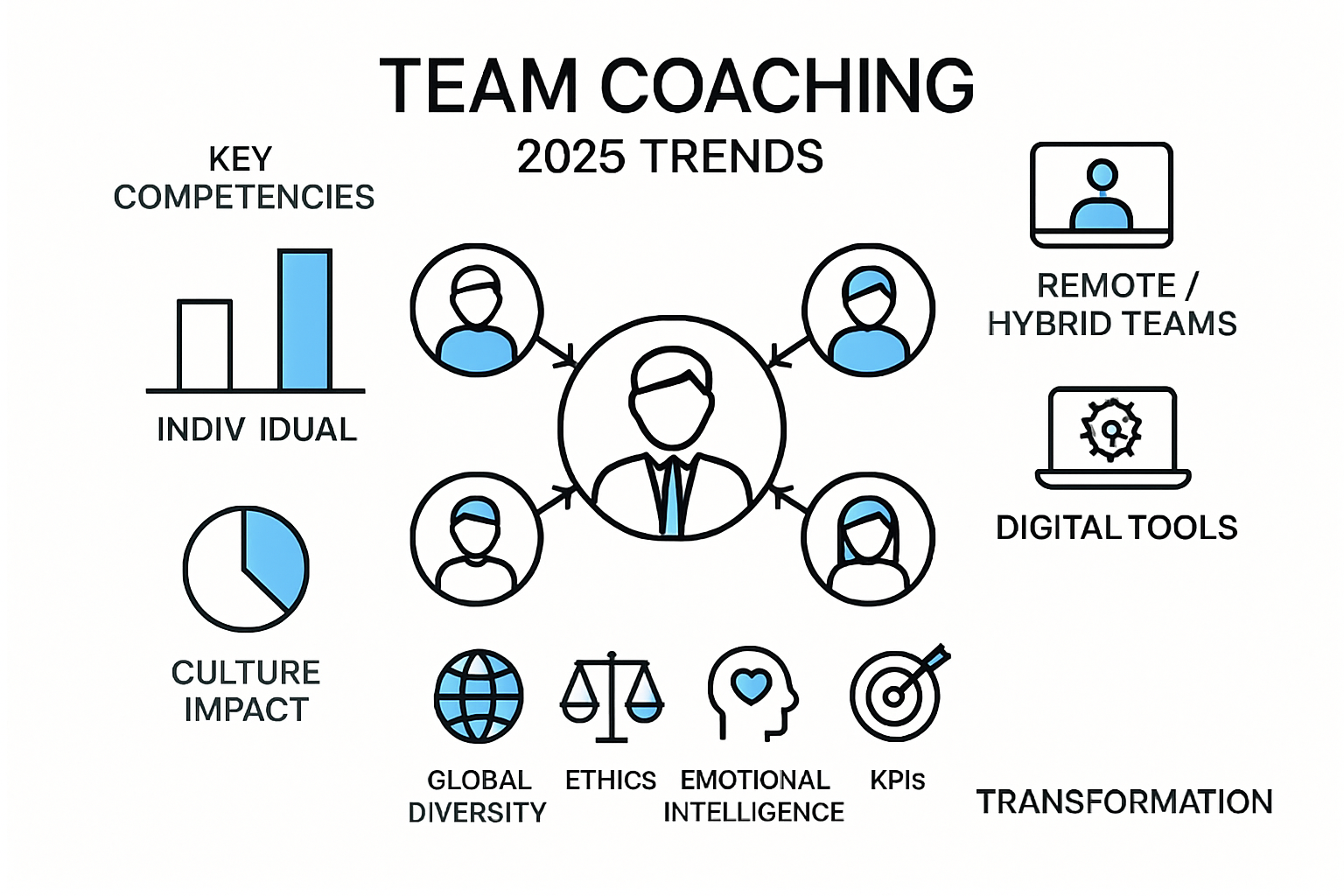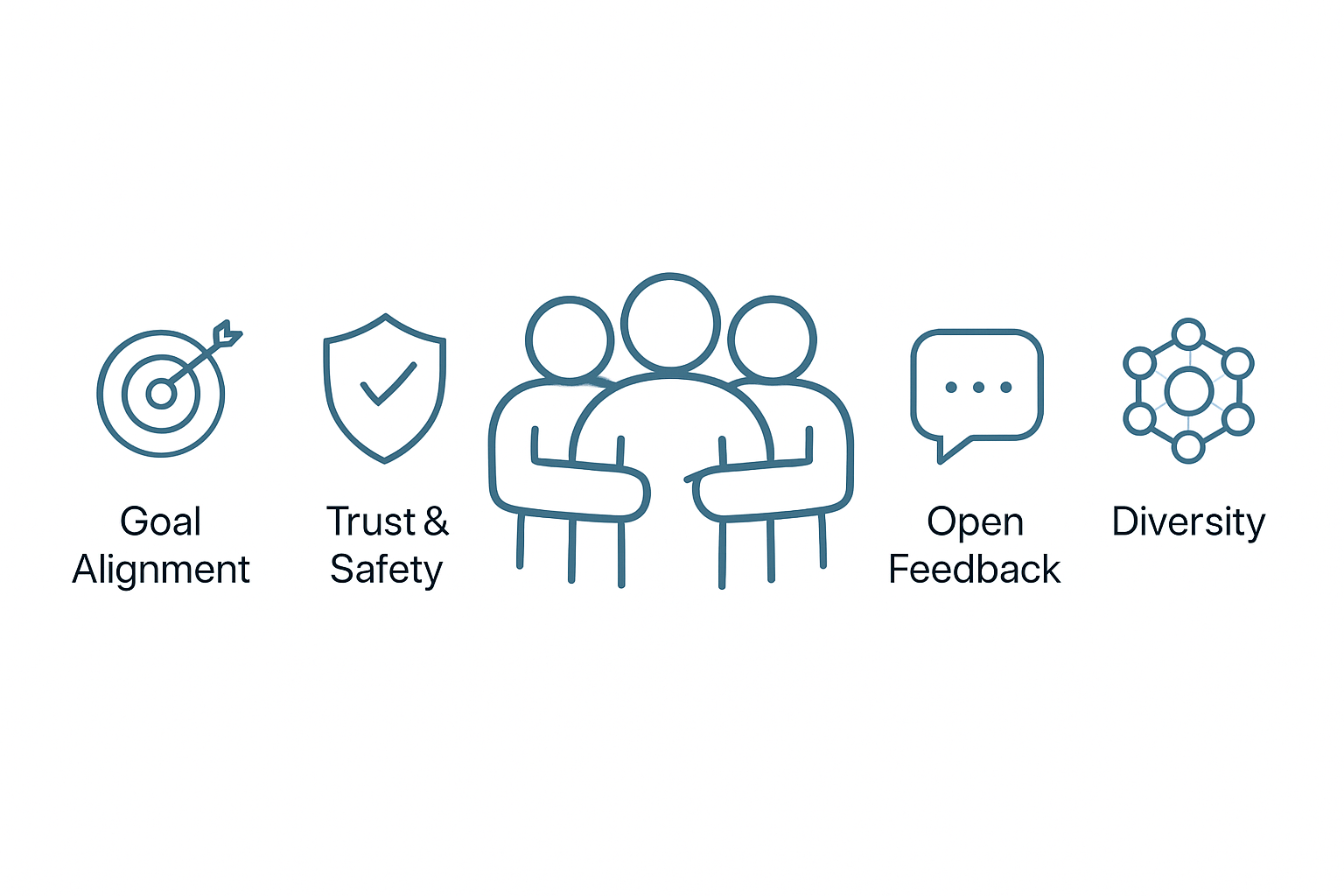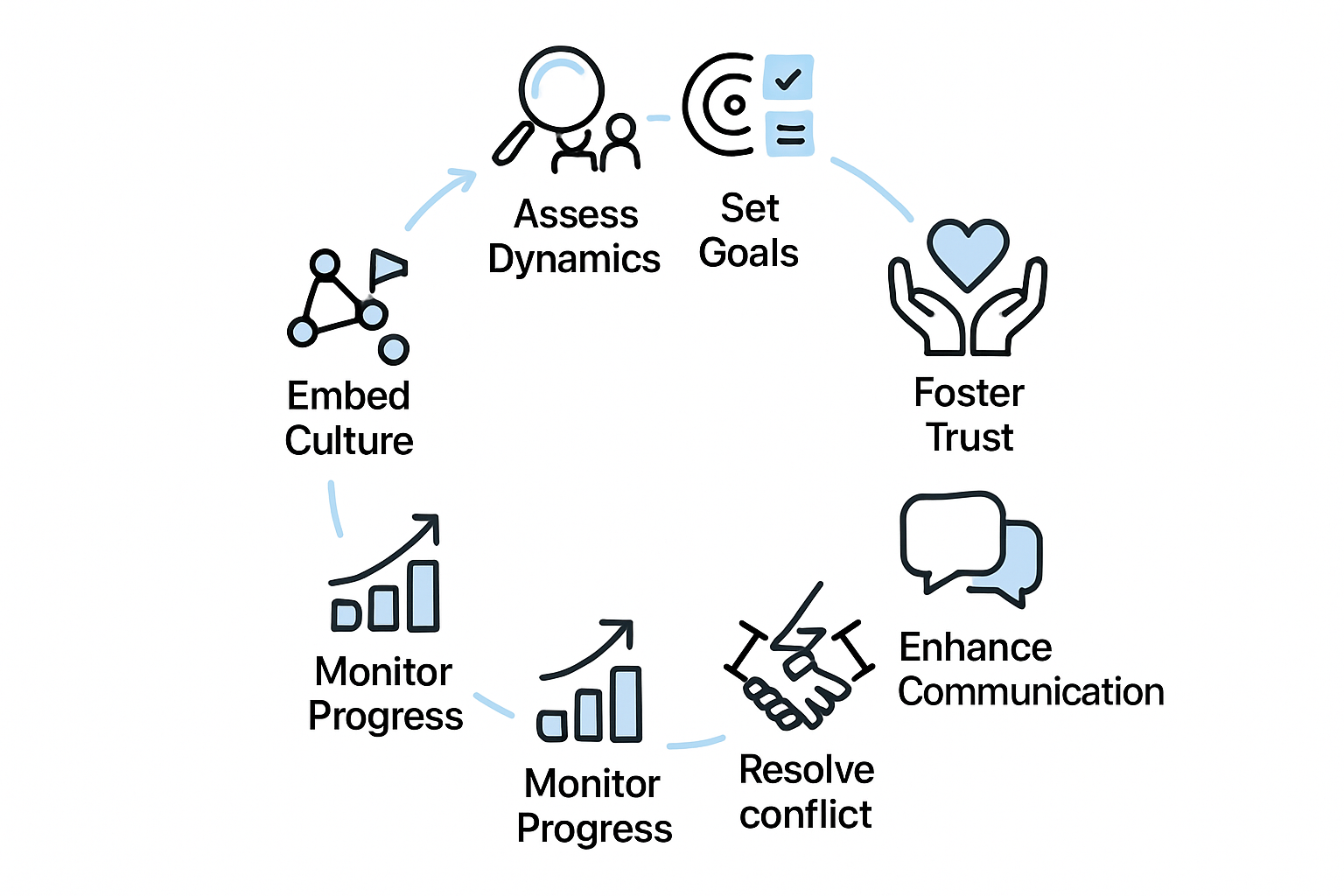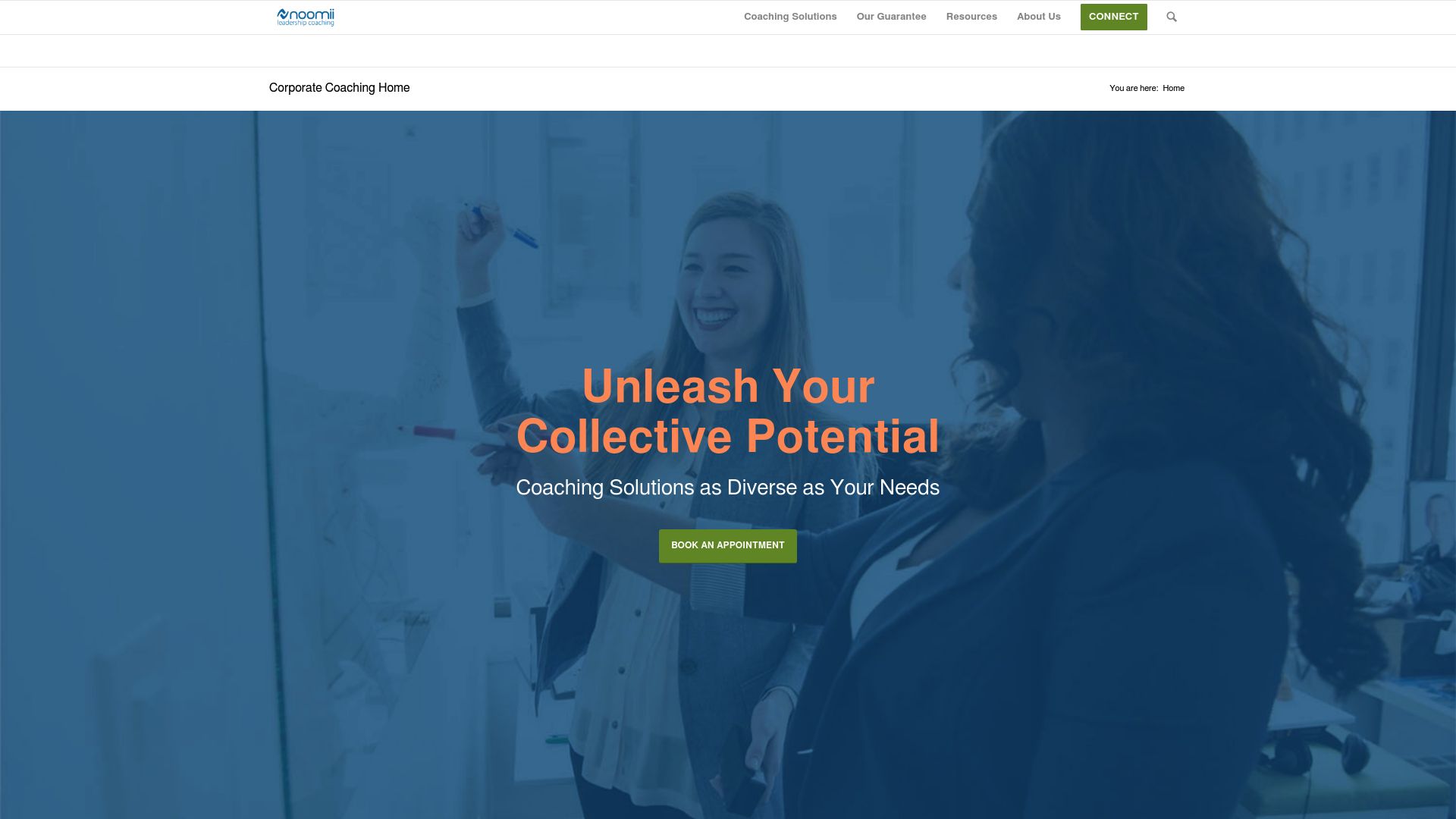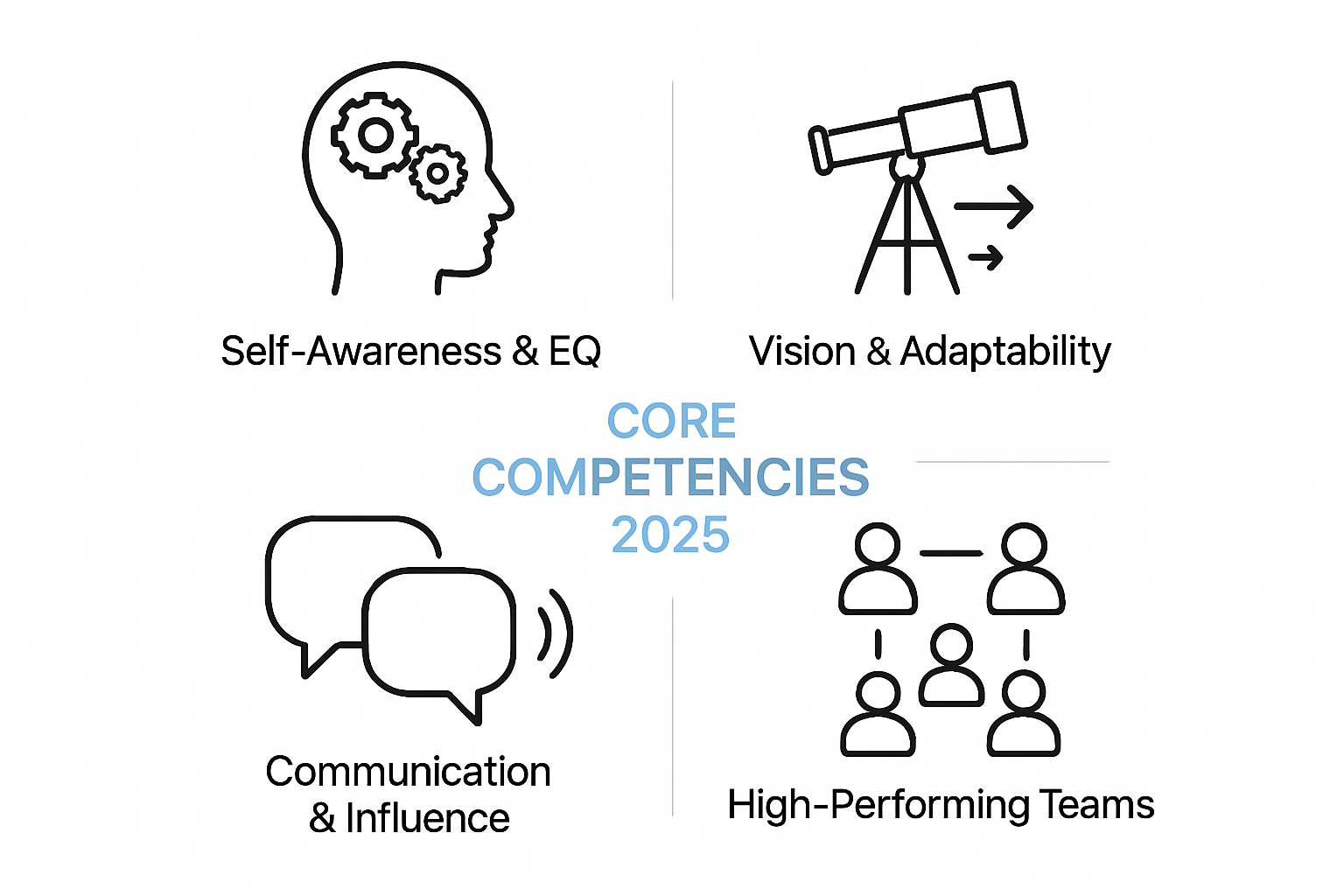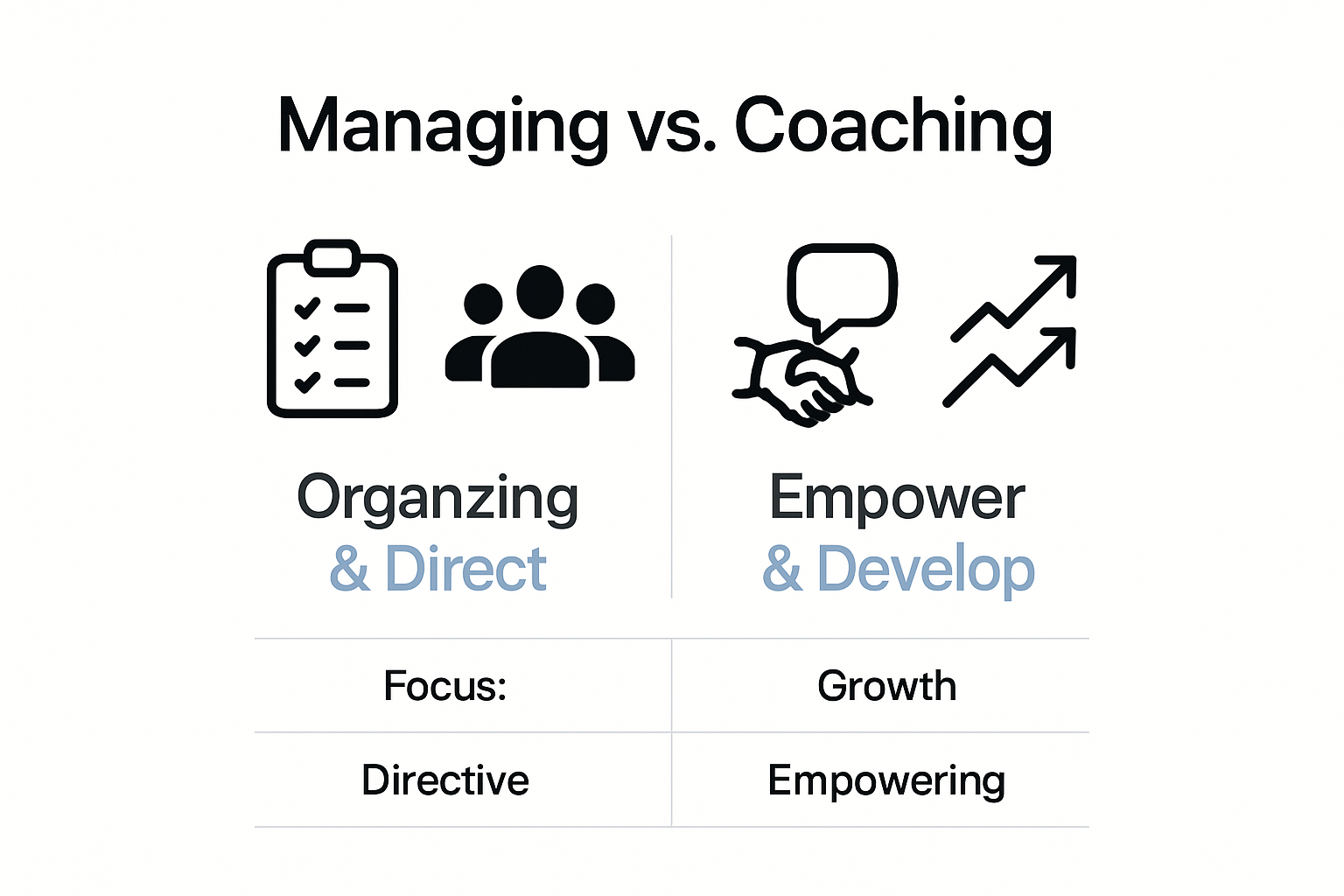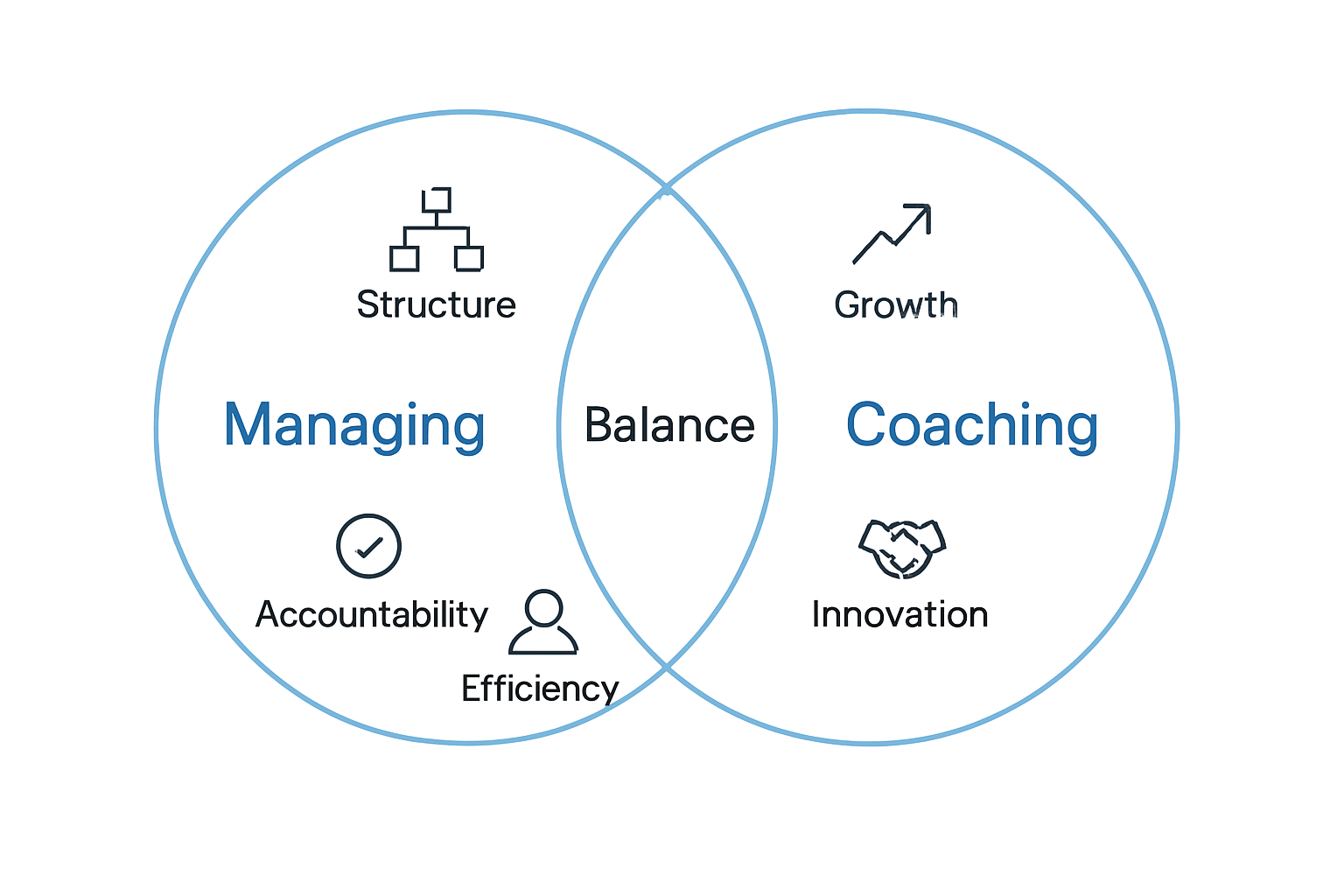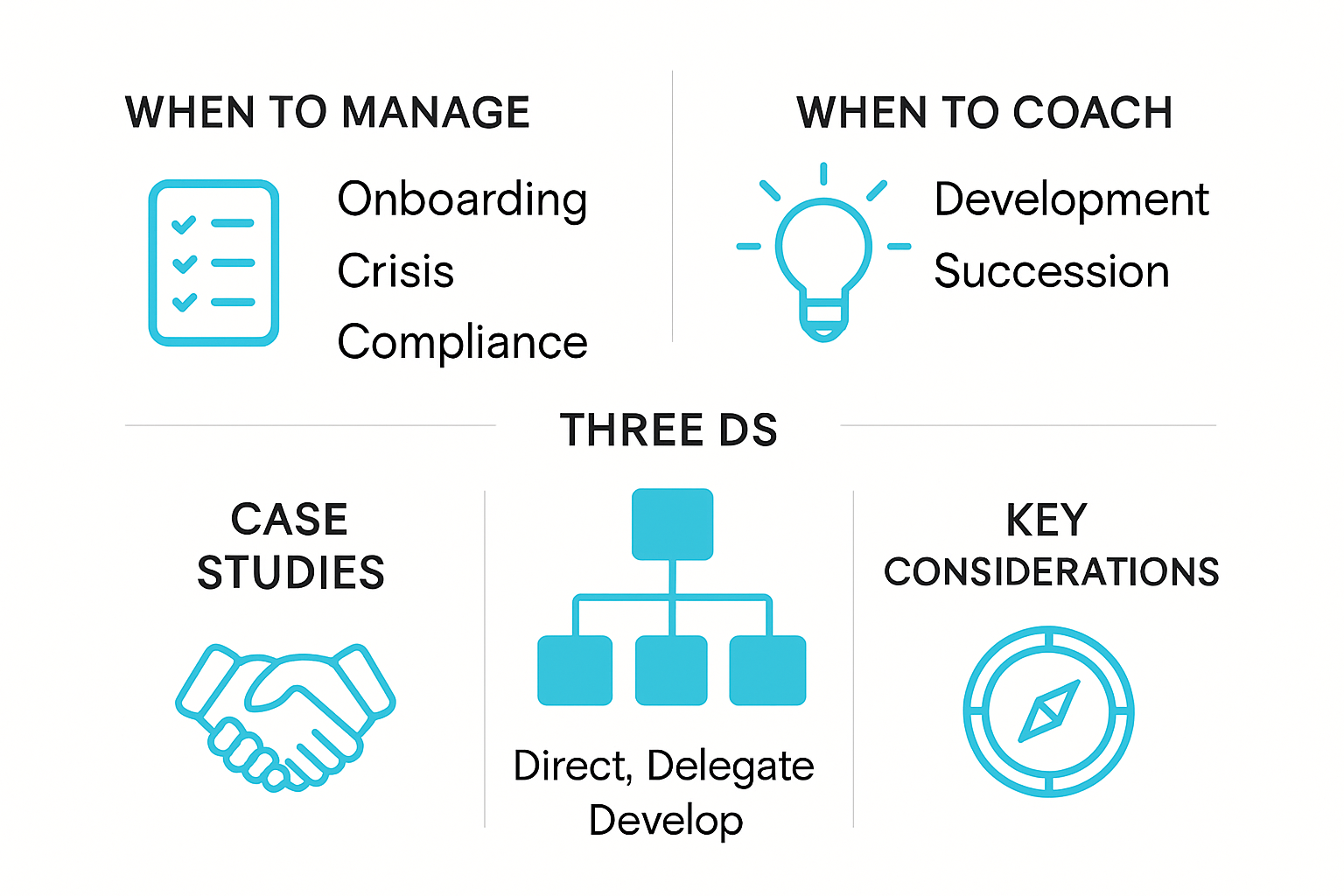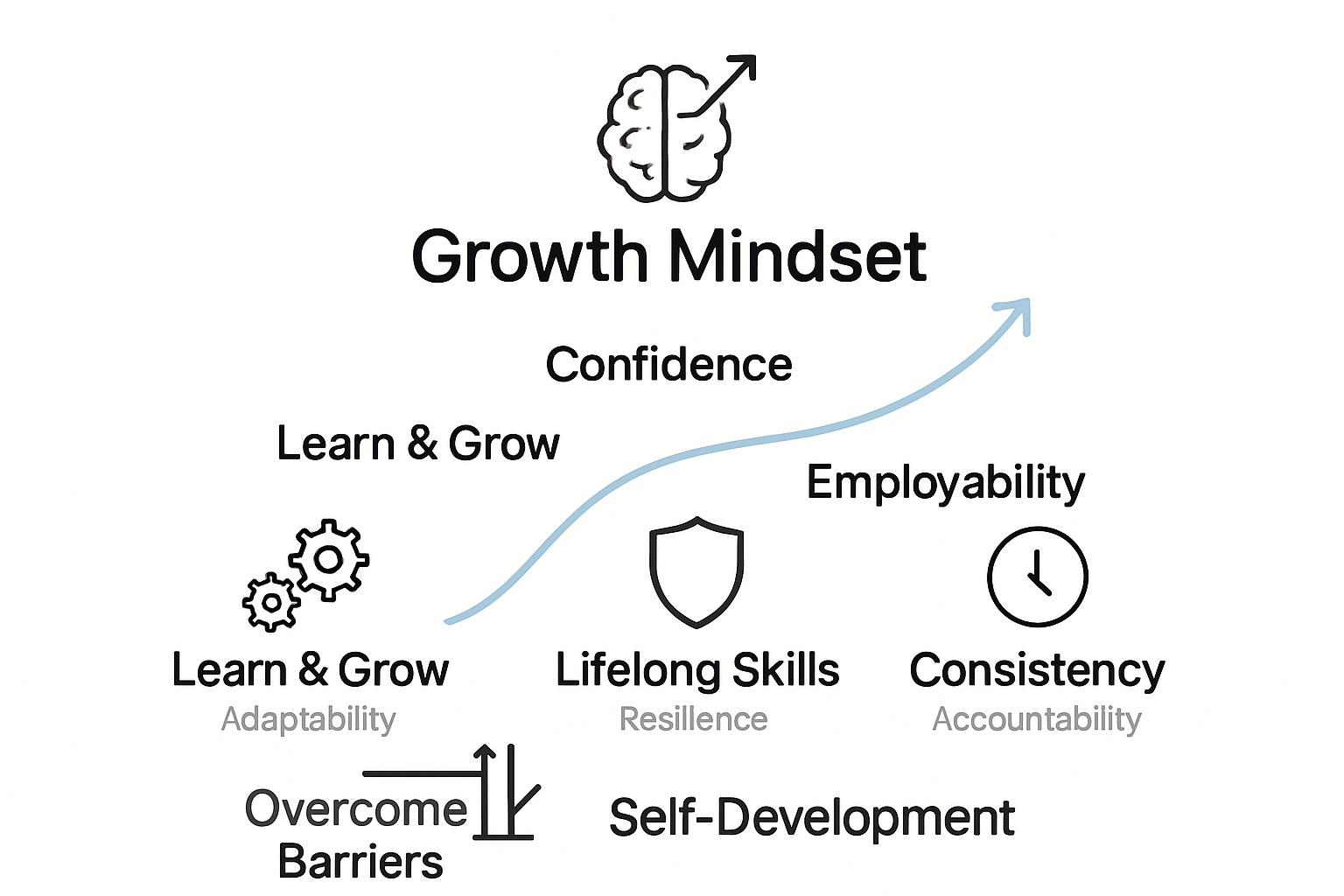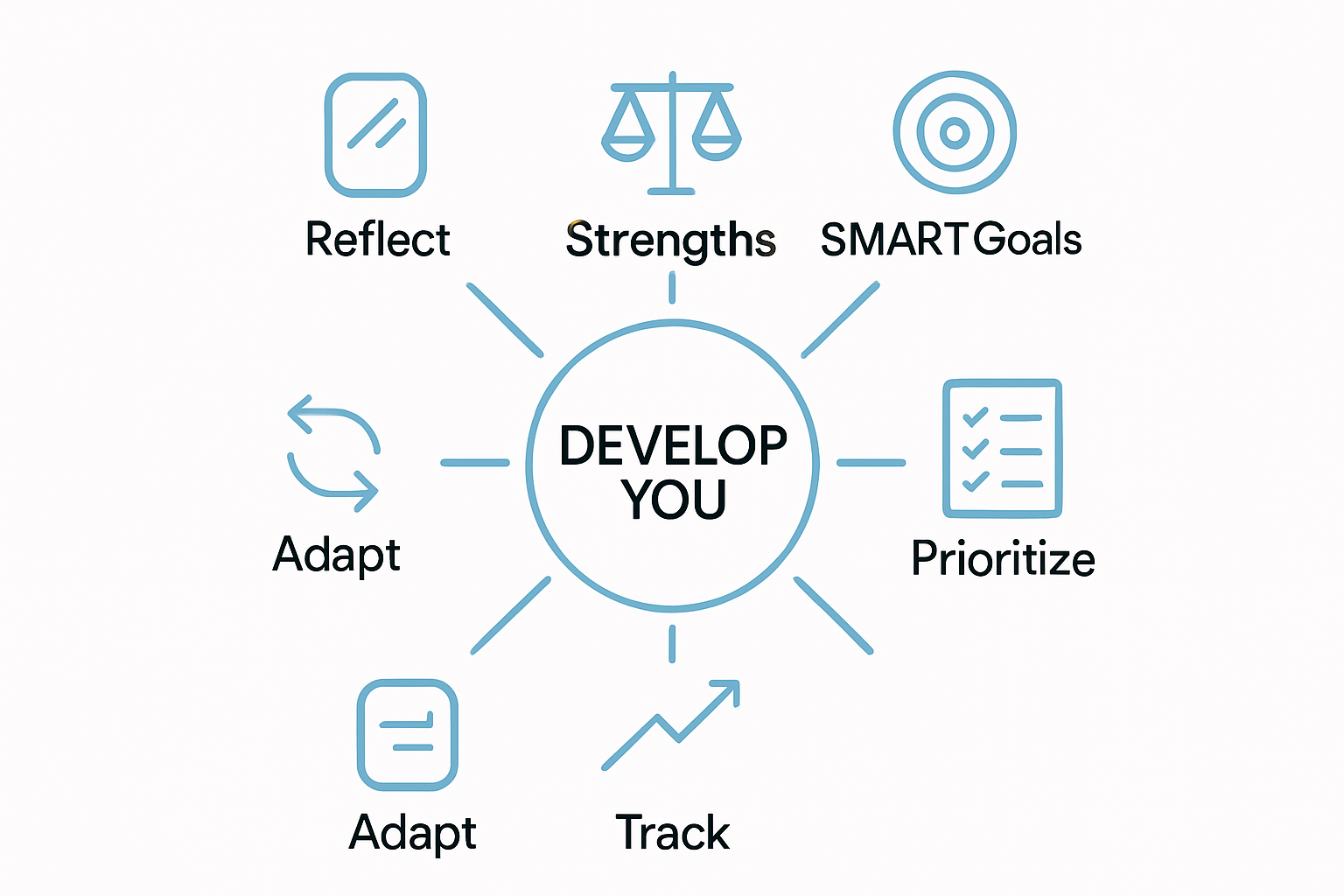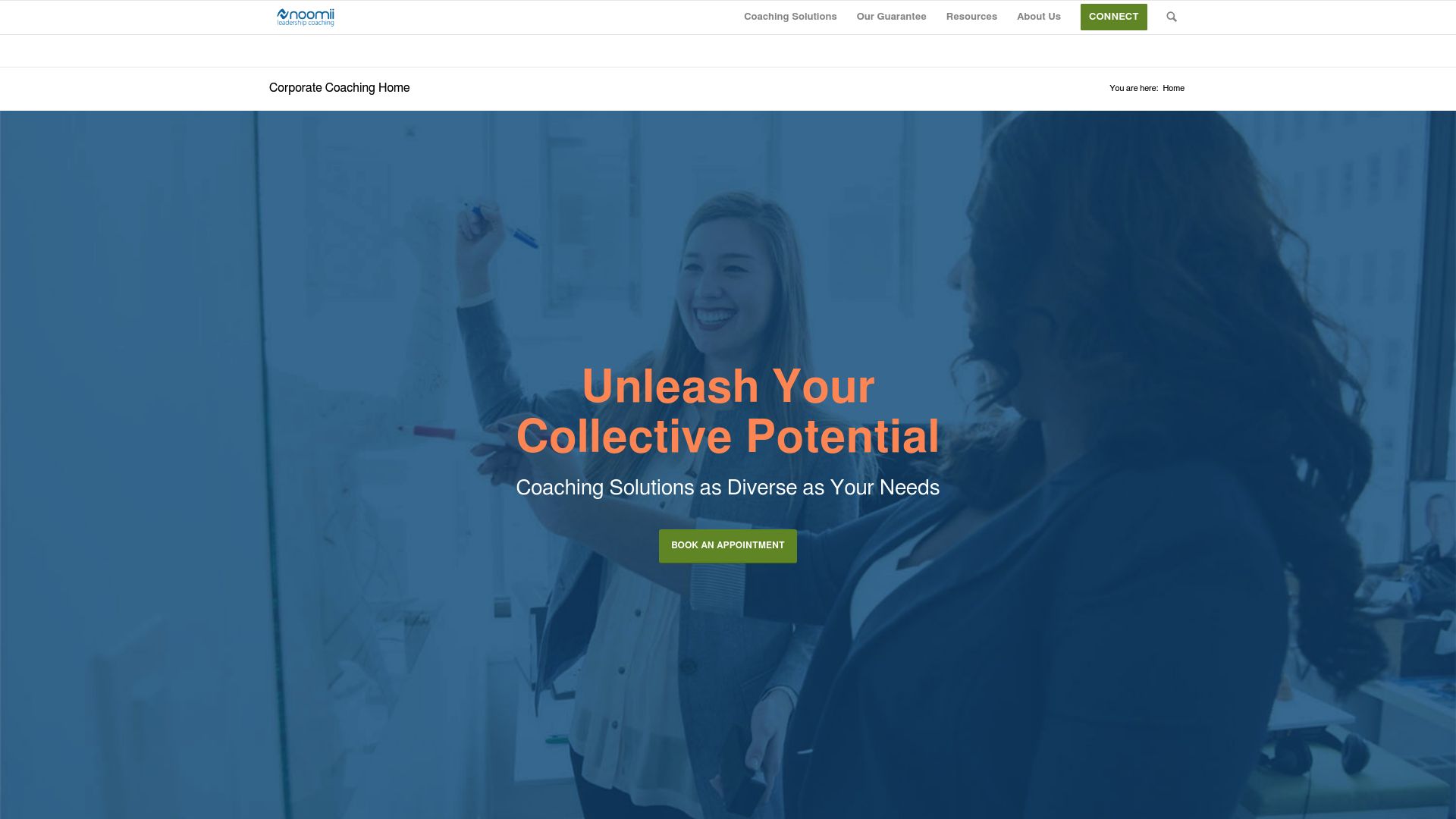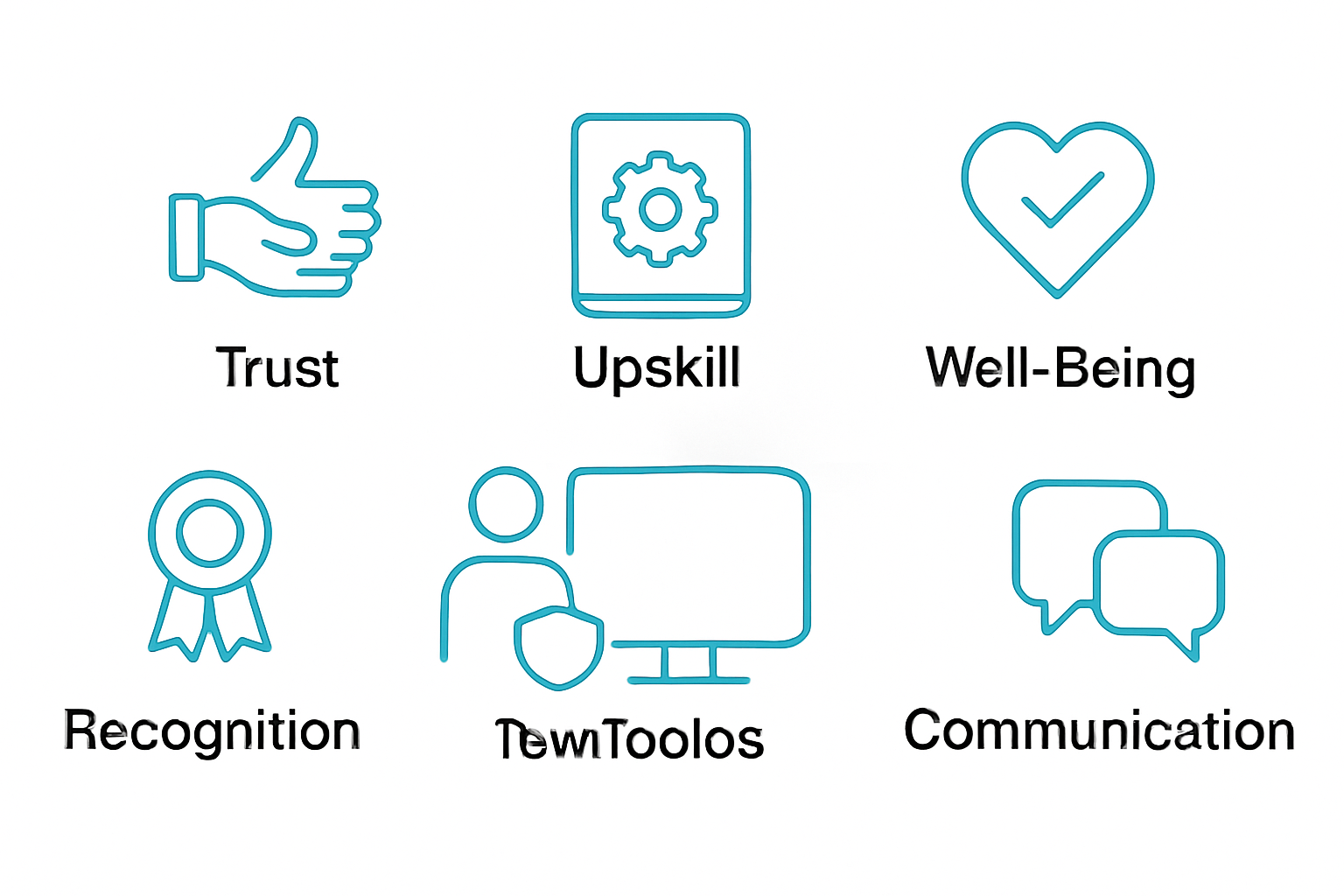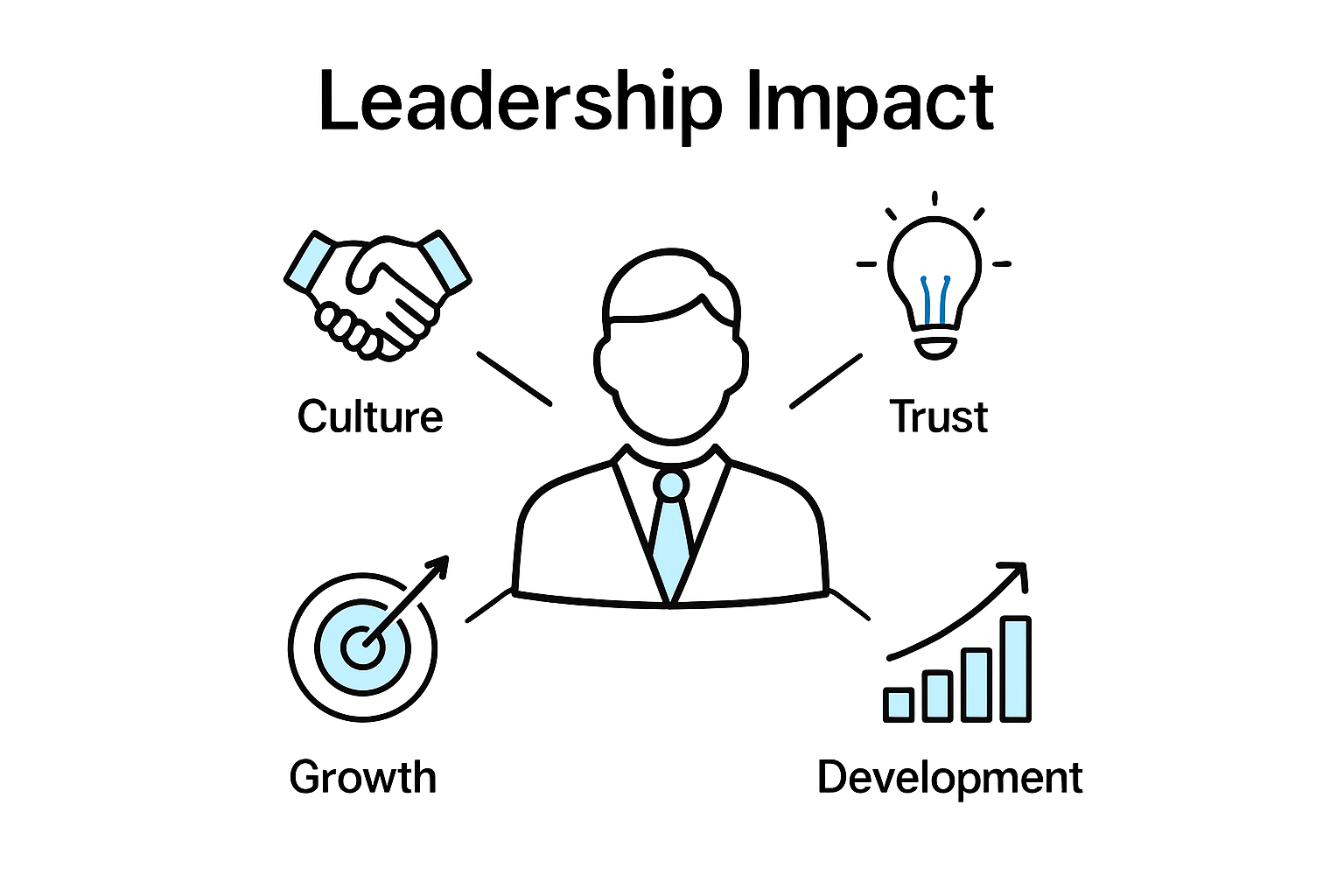Leader of Leaders Guide: Master Leadership in 2025
Are you prepared to step into the future as a leader of leaders? The world of leadership is changing fast, and those who can inspire not just teams but other leaders will set the pace in 2025.
This guide is built for executives, senior managers, and HR professionals ready to elevate their impact as a leader of leaders. Inside, you’ll find actionable strategies, proven frameworks, and insights designed for today’s high-stakes environment.
Discover how the definition of a leader of leaders is evolving, which core competencies matter most, and step-by-step methods to develop high-performing leadership teams. We’ll also explore the role of technology and AI, coaching best practices, and ways to measure true leadership success.
Get ready to master leadership at scale and shape the future of your organization.
The Evolving Role of a Leader of Leaders in 2025
Defining the “Leader of Leaders”
The concept of a leader of leaders is rapidly becoming central to organizational success. Unlike traditional team leads, these executives guide other leaders, shaping the culture and strategy at the highest levels.
A leader of leaders must focus on developing leadership capability throughout the organization, ensuring scalability and resilience. According to Wharton and Forbes, modern leadership expectations demand that leaders build pipelines of future-ready talent.
For instance, Fortune 500 companies often structure their leadership hierarchies to empower senior leaders to mentor and coach their direct reports, fostering a culture where leaders develop leaders. If you're looking for practical models, the Leaders Develop Leaders Framework offers actionable insights on how to cultivate this approach.
Key Trends Shaping Leadership in 2025
In 2025, the leader of leaders faces a landscape marked by swift digital transformation and the normalization of remote and hybrid workforces.
The complexity and pace of change are accelerating, making agility a core requirement for success. Forbes reports that 80% of executives now see agility as the top trait for future leaders. The rise of cross-functional, “teams of teams” organizational models means leaders must navigate multiple layers of influence and collaboration.
These trends are redefining the day-to-day reality for every leader of leaders, demanding continuous learning and adaptability to stay ahead.
Expanding Leadership Responsibilities
Today’s leader of leaders is responsible for more than hitting targets; they must steer enterprise-wide strategy and balance innovation with compliance and stakeholder interests.
They are expected to prepare their organizations for uncertainty, leading through transformation, crisis, and disruption. Recent global events have spotlighted the importance of decisive, empathetic leadership at the top.
A leader of leaders actively shapes the organization’s future by fostering resilience, encouraging creative problem-solving, and modeling adaptability for other senior leaders.
Common Challenges for Leaders of Leaders
The leader of leaders role comes with unique challenges. Managing a diverse group of high-potential leaders can be complex, especially when dealing with varying leadership styles and backgrounds.
Toxic leadership patterns and low engagement at senior levels can ripple through the entire organization, undermining morale and performance. Overcoming silos and fostering collaboration across leadership tiers is essential, yet only 15% of organizations feel confident in their leadership pipeline, according to Wharton.
To succeed, a leader of leaders must address these hurdles head-on, building trust and alignment across every layer of leadership.
![]()
Core Competencies for Leaders of Leaders
What sets a leader of leaders apart in 2025? It's not just the ability to manage teams—it's about mastering a unique blend of strategic, emotional, and developmental skills that elevate entire leadership ecosystems. Let’s explore the essential competencies every leader of leaders needs to thrive.
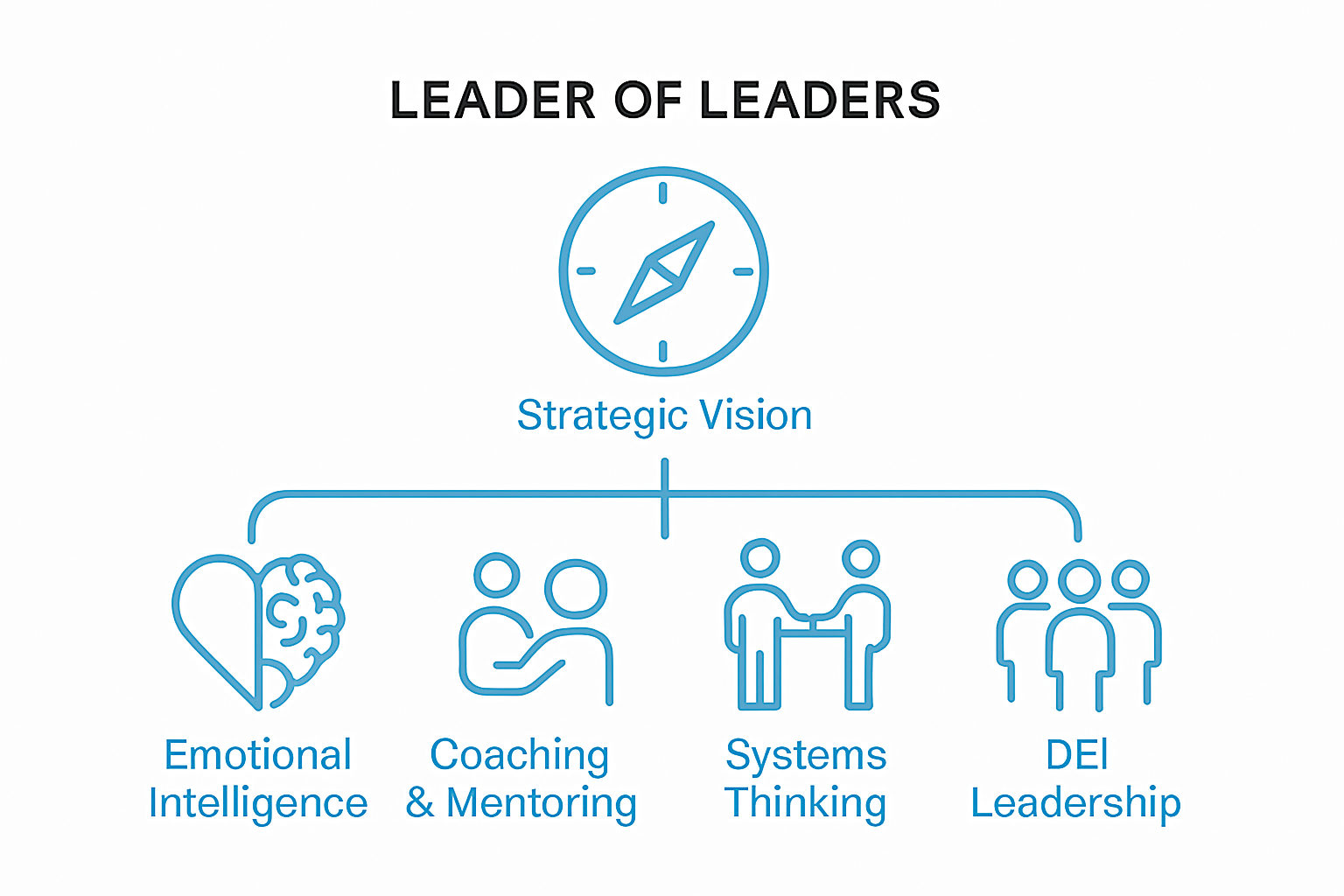
Strategic Vision and Enterprise Thinking
A true leader of leaders shifts from a tactical mindset to a panoramic, enterprise-wide perspective. This means seeing beyond daily operations and aligning leadership teams with the broader mission.
For example, when a tech company faces industry disruption, a leader of leaders steers multiple teams through a unified strategic pivot. They synthesize insights from across the business, ensuring every leader understands how their decisions support long-term organizational goals.
- Moves from operational to strategic focus
- Aligns leadership with vision and purpose
- Drives cross-functional collaboration
Strategic thinking empowers the leader of leaders to anticipate trends, allocate resources, and inspire collective momentum.
Emotional Intelligence and Influence
In 2025, the leader of leaders must excel in emotional intelligence (EI) to foster trust and credibility among peers. Navigating complex political landscapes and diverse agendas requires empathy, self-awareness, and authentic communication.
High-performing organizations recognize that leaders with strong EI can resolve conflicts, build resilient cultures, and influence outcomes without relying on authority alone. According to Forbes, 71% of organizations prioritize EI in their leadership development programs.
By modeling vulnerability and openness, the leader of leaders builds an environment where other leaders feel empowered to do the same.
Coaching and Mentoring Skills
Transitioning from directive leadership to a developmental approach is key for the modern leader of leaders. Instead of simply telling others what to do, they create space for emerging leaders to experiment and learn.
Structured mentorship and coaching programs not only accelerate succession planning but also increase engagement across leadership tiers. Companies that embed coaching into their culture see stronger pipelines and more agile teams.
For actionable guidance on effective coaching methods, explore Leadership Coaching Best Practices to ensure your approach is grounded in proven frameworks.
Systems Thinking and Decision-Making
A leader of leaders must grasp how every decision creates ripples across the organization. Systems thinking enables them to identify interdependencies, anticipate unintended consequences, and solve complex challenges holistically.
Data-driven insights are crucial—especially when navigating high-stakes, multi-team scenarios. Many executive education programs now include crisis response simulations to sharpen these skills, helping leaders practice rapid, informed decision-making.
This competency ensures the leader of leaders is ready for uncertainty, able to adapt quickly while maintaining alignment across all teams.
Diversity, Equity, and Inclusion Leadership
Championing inclusive leadership is non-negotiable for any leader of leaders in 2025. Building diverse teams at every level drives innovation and outperformance—Forbes reports that organizations with diverse leadership teams are 33% more likely to surpass their peers.
The leader of leaders actively addresses unconscious bias in hiring and promotion, ensuring equity in leadership pipelines. They set the standard for psychological safety, open dialogue, and belonging across the organization.
By prioritizing DEI, the leader of leaders not only shapes culture but also secures a future-ready workforce.
Step-by-Step Framework: Developing as a Leader of Leaders
Becoming a leader of leaders is an intentional journey. It requires a blend of self-awareness, strategic team building, vision, empowerment, and continuous development. Below is a practical, step-by-step framework to help you grow and succeed in this pivotal role.
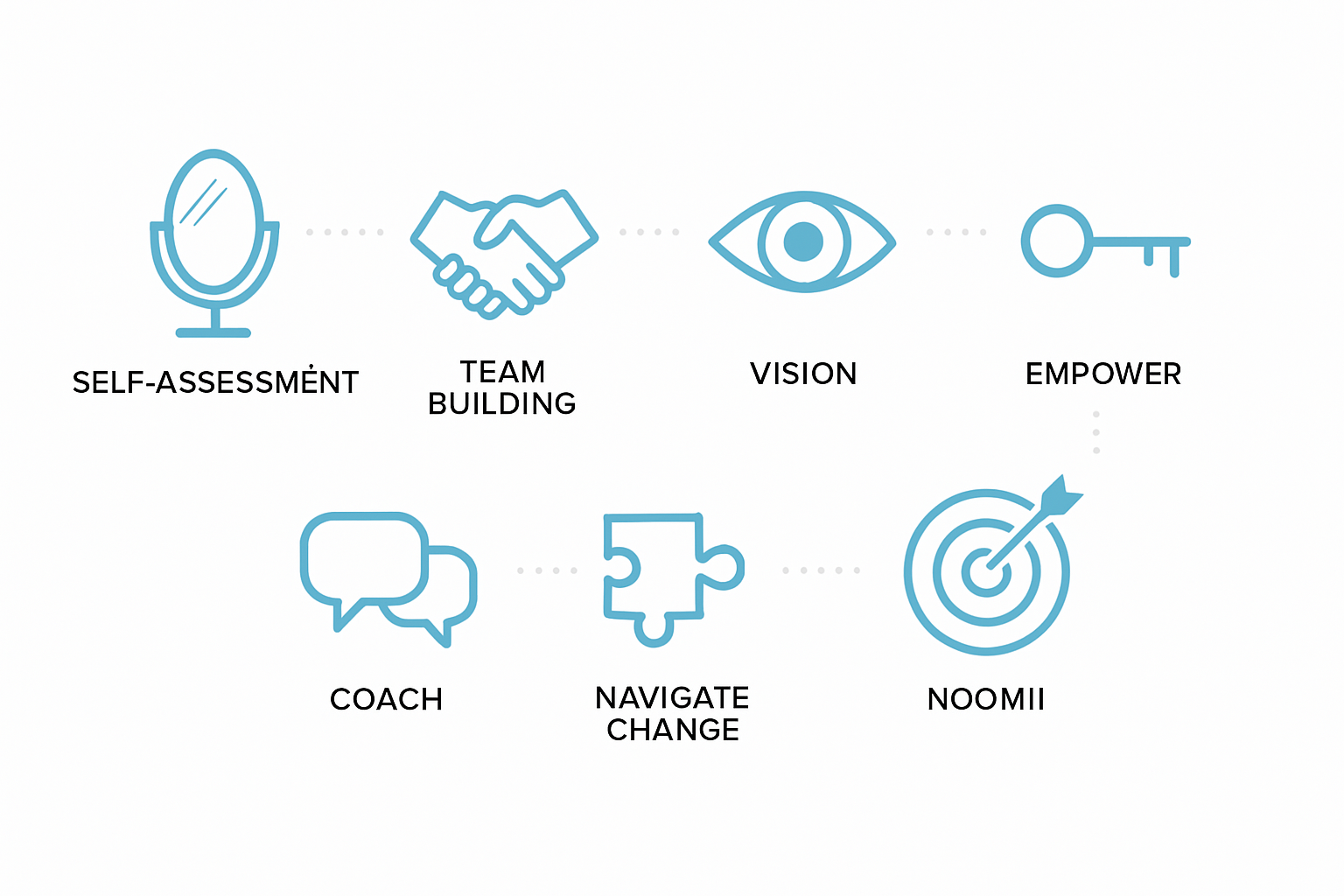
Step 1: Self-Assessment and Feedback
Every effective leader of leaders starts with honest self-evaluation. Use 360-degree reviews and leadership diagnostics to gather feedback from peers, direct reports, and other leaders.
Reflect on your strengths, gaps, and blind spots. Are you modeling the behaviors you want your leaders to emulate? Top executives leverage leadership self-assessment tools from executive programs to gain deeper insights.
Regular feedback cycles help you stay attuned to your impact and identify areas for growth. This proactive self-awareness sets the stage for every next step as a leader of leaders.
Step 2: Building a High-Performing Leadership Team
As a leader of leaders, your influence multiplies through the teams you assemble. Select senior leaders with complementary skills and diverse perspectives.
Onboard them thoughtfully, providing context about the organization’s mission and culture. Foster psychological safety by encouraging open dialogue and healthy debate.
Top organizations form cross-functional leadership teams to break down silos and drive innovation. Remember, a high-performing leadership team amplifies your impact as a leader of leaders.
Step 3: Establishing Shared Vision and Values
Unified purpose is essential for every leader of leaders. Co-create mission-critical goals with your leadership team, inviting input from all levels.
Facilitate vision-setting retreats or offsite workshops to align on values and direction. Ensure everyone understands how their efforts contribute to the bigger picture.
This shared vision not only propels your leadership team forward but also builds trust and commitment. When leaders of leaders invest in alignment, organizational momentum follows.
Step 4: Empowering and Delegating Authority
Transitioning from control to empowerment is a hallmark of a true leader of leaders. Set clear boundaries and accountability frameworks, then trust your leaders to deliver.
Empowered leaders feel ownership and responsibility, which drives higher performance. Research shows empowered teams outperform by 21%.
Regularly check in, offer support, but avoid micromanagement. As a leader of leaders, your role shifts from directing to enabling success at scale.
Step 5: Coaching, Mentoring, and Succession Planning
Developing future-ready leaders is a core responsibility for any leader of leaders. Implement structured coaching and mentorship programs, pairing experienced leaders with rising talent.
Focus on succession planning to ensure a strong leadership pipeline. Internal leadership academies and peer coaching circles build capability and resilience across the organization.
To address toxic leadership patterns and improve engagement, explore proven strategies for transforming toxic leadership and foster a healthier culture for your leaders of leaders to thrive.
Step 6: Navigating Conflict and Driving Change
Leadership teams face inevitable conflict, especially during transformation or crisis. As a leader of leaders, address disagreements constructively and model respectful dialogue.
Guide your team through change by communicating transparently and providing steady direction. Use real-world crisis leadership case studies as learning opportunities.
Driving change at the leader of leaders level means balancing short-term challenges with long-term vision, ensuring your team adapts and grows together.
Noomii Corporate Leadership Program: Precision Coaching for Leaders of Leaders
The Noomii Corporate Leadership Program offers tailored coaching solutions for leaders of leaders. Its evidence-based diagnostics and precision coach matching address toxic behaviors, low engagement, and strategic misalignment.
Organizations leverage Noomii for scalable intervention plans, transforming executive teams and aligning leadership with business goals. Whether in government, Fortune 500, or HR, Noomii’s program delivers measurable, lasting leadership impact.
If you’re seeking to elevate your leader of leaders capabilities, consider how Noomii can accelerate your journey and strengthen your organization’s leadership pipeline.
Leveraging Technology and AI in Leadership Development
The landscape for every leader of leaders is shifting rapidly as technology and AI transform how leadership is developed, measured, and scaled. Embracing digital innovation is no longer optional; it’s essential for those guiding other leaders in 2025. Let’s explore how the right tools, platforms, and data-driven approaches can empower you to build high-performing leadership teams in a complex, hybrid world.
![]()
Digital Tools for Leadership Assessment and Growth
A leader of leaders needs real-time insights into the strengths and gaps of their leadership teams. Today’s digital tools—like AI-driven assessments, 360-degree feedback platforms, and virtual learning environments—offer precise diagnostics and development pathways.
- AI-powered analytics uncover hidden patterns in team dynamics.
- Virtual simulations create safe spaces for leaders to experiment and grow.
- Leadership dashboards visualize progress and outcomes for the leader of leaders.
These technologies help identify high-potentials, personalize development, and ensure the leader of leaders can act with clarity and speed.
Remote and Hybrid Leadership Challenges
The rise of distributed workforces means the leader of leaders must manage leadership teams across geographies and time zones. Building trust, maintaining culture, and driving engagement virtually are now core responsibilities.
- Video collaboration tools bridge the distance between leaders.
- Digital platforms foster ongoing communication and feedback.
- Cloud-based resources ensure seamless access for the leader of leaders.
With 65% of leaders reporting challenges in remote team management, mastering these tools is crucial for any leader of leaders aiming to unify and align their teams.
Integrating AI into Decision-Making
AI is becoming a strategic partner for the leader of leaders, powering scenario planning, risk analysis, and even ethical decision support. Yet, the challenge is balancing data-driven insights with the human touch.
- AI enables rapid modeling of leadership scenarios.
- Decision-support systems flag risks and opportunities.
- Human-centered leadership remains vital amid automation.
For more on how the leader of leaders can blend AI with interpersonal skills, see Leadership Trends for 2025, which explores this evolving balance.
Data-Driven Leadership Metrics
Measuring what matters is central to the leader of leaders role. Digital tools now track leadership KPIs—engagement, retention, culture, and succession pipeline health—in real time.
- Dashboards benchmark leadership effectiveness across teams.
- Pulse surveys capture ongoing sentiment and alignment.
- Data visualization tools help the leader of leaders demonstrate ROI.
By embracing these metrics, a leader of leaders can showcase the impact of leadership development and drive continuous improvement across their organization.
Mastering Coaching, Mentorship, and Peer Learning
Developing as a leader of leaders in 2025 means going beyond directing teams—you must cultivate an environment where coaching, mentorship, and peer learning are embedded into daily leadership practices. This section explores how to build these capabilities and why they're essential for sustainable leadership impact.
Building a Coaching Culture
A leader of leaders champions a coaching culture at every level. This means shifting from command-and-control management to empowering development conversations. Encourage leaders to ask thought-provoking questions, offer constructive feedback, and guide rather than direct.
Best practices include:
- Embedding coaching into 1:1s and team meetings
- Training leaders to use coaching frameworks
- Recognizing coaching behaviors in performance reviews
By making coaching routine, a leader of leaders creates space for innovation and resilience across their leadership teams.
Peer Learning and Cross-Functional Collaboration
Peer learning is a powerful tool for any leader of leaders. When senior leaders collaborate across departments, they break down silos and drive innovation. Structured peer forums, cross-functional projects, and rotational programs allow leaders to learn from one another’s experiences.
Consider these peer learning benefits:
- Enhanced problem-solving through diverse perspectives
- Faster adaptation to change
- Greater engagement and retention
A leader of leaders who prioritizes peer learning ensures leadership growth is collective, not isolated.
External Coaching and Leadership Partnerships
Sometimes, even the best leader of leaders needs outside perspective. External executive coaches bring specialized expertise and objectivity that internal mentors may lack. Engaging with third-party coaches can accelerate development, address blind spots, and align leadership behaviors with business strategy.
How to maximize external coaching:
- Set clear goals and success metrics
- Integrate coaching outcomes into succession planning
- Foster partnerships with reputable coaching providers
By leveraging external partnerships, a leader of leaders can unlock new capabilities within their senior teams.
Measuring Coaching and Mentorship Outcomes
To ensure coaching and mentorship are driving results, a leader of leaders must define and track success metrics. Use feedback surveys, progress reviews, and business KPIs to assess program effectiveness. For actionable approaches, explore how organizations are measuring ROI of executive coaching to refine their leadership initiatives.
Key metrics include:
- Leadership engagement scores
- Succession pipeline strength
- Performance improvements over time
A data-driven approach helps a leader of leaders demonstrate the tangible impact of coaching and mentorship efforts.
Measuring Success: KPIs and Continuous Improvement for Leaders of Leaders
Success as a leader of leaders depends on more than intuition or tradition. In 2025, organizations demand clear proof of leadership impact, making robust measurement frameworks non-negotiable. Let’s break down how today’s top enterprises define, track, and elevate the success of their leader of leaders, using data-driven methods and continuous improvement cycles.
Defining Leadership Success Metrics
Measuring the effectiveness of a leader of leaders starts with the right key performance indicators (KPIs). Top metrics include engagement scores, retention rates, bench strength, and cultural health. These KPIs link leadership outcomes directly to business results, making success tangible.
| KPI | What It Measures |
|---|---|
| Engagement | Team motivation & alignment |
| Retention | Leadership pipeline strength |
| Bench Strength | Depth of ready leaders |
| Cultural Health | Inclusion & collaboration |
Leading organizations use leadership dashboards to track these metrics. According to the Global Leadership Forecast 2025, high-performing companies prioritize clear leadership KPIs for every leader of leaders.
Continuous Feedback and Performance Reviews
Continuous feedback loops are critical for the growth of every leader of leaders. Regular pulse surveys and quarterly reviews provide real-time data for course correction. These tools help identify blind spots and areas for improvement before issues escalate.
Modern HR teams deploy digital platforms to gather multi-source feedback efficiently. They also use analytics to benchmark progress. In fact, 60% of organizations report increased leadership effectiveness with quarterly reviews. Consistent, actionable feedback keeps each leader of leaders aligned with organizational goals and on an upward growth trajectory.
Adapting to Change and Future-Proofing Leadership
Rapid change defines the 2025 business environment. For a leader of leaders, agility and resilience are essential. Staying ahead means investing in ongoing leadership education, emerging technology, and upskilling senior leaders.
Leading companies encourage a culture of lifelong learning. They adopt flexible strategies and regularly reassess what skills their leader of leaders needs to thrive. As highlighted in the Top 5 Leadership Trends of 2025, adaptability and continuous learning distinguish future-ready organizations.
Scaling Leadership Across the Organization
Scalability is the hallmark of an effective leader of leaders. Building leadership capacity at every level ensures organizational resilience and sustainable growth. This requires frameworks that support cross-functional development and foster a “team of leaders” mentality.
Many global organizations implement structured leadership programs and knowledge-sharing forums. These initiatives create a strong culture of collaboration and innovation. By scaling the impact of each leader of leaders, organizations can rapidly adapt and remain competitive in any market.
